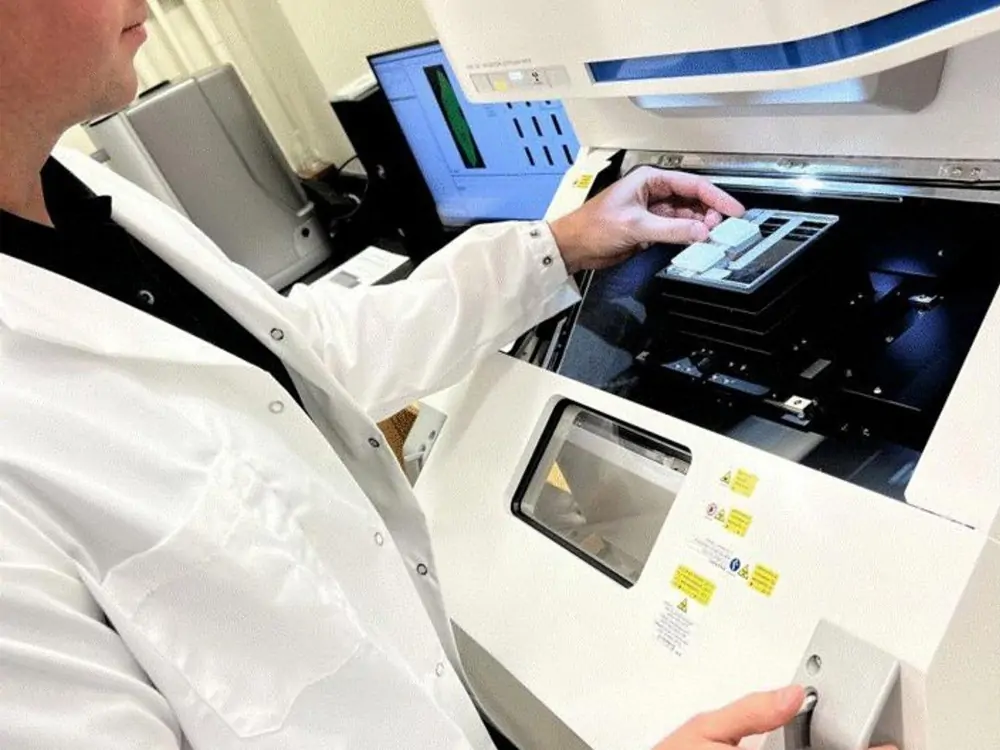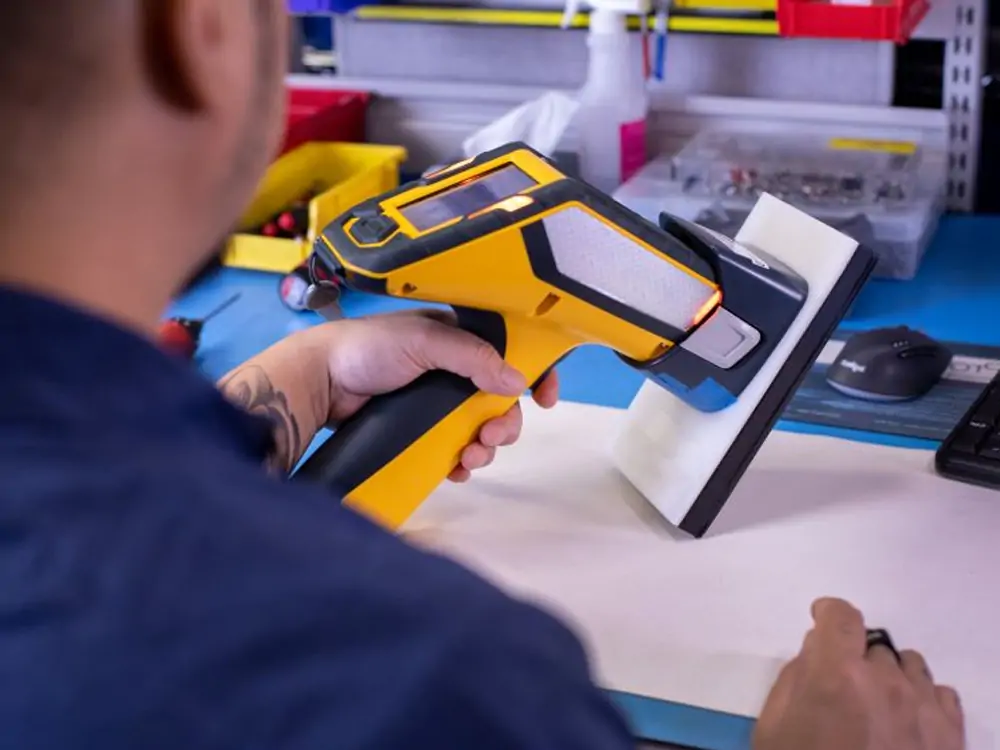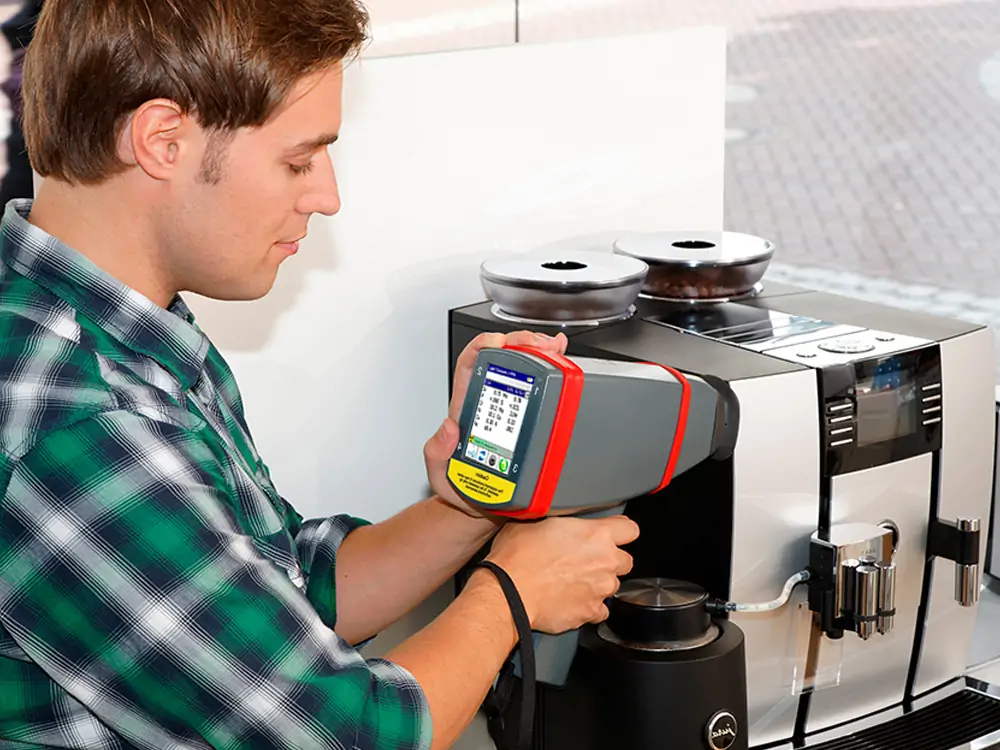X-ray Fluorescence (XRF) analysis is a powerful and versatile analytical technique. It is used to determine the elemental composition of a wide range of materials. This non-destructive technique has found applications across various fields. Including chemistry, geology, environmental science, archaeology, materials science, and more. In this article, we will delve into the fascinating world of XRF analysis. We will also explore its principles, instrumentation, applications, and significance in modern analytical science.
Principles of X-ray Fluorescence Analyzer
The principle of an X-ray fluorescence analyzer is this. When exposed to high-energy X-rays, a material emits characteristic X-rays due to ionization and excitation of inner shell electrons. These characteristic X-rays are unique to each element. Their energy levels correspond to the differences in energy between the electron shells. By measuring the intensity and power of these emitted X-rays, it is possible to identify and quantify the elements in the sample.
The basic setup of an XRF analyzer involves an X-ray source, a sample holder, and a detector. The X-ray source emits high-energy X-rays, which penetrate the sample. It can cause the ionization of inner shell electrons. The resulting characteristic X-ray emissions are detected and analyzed. It allows the elemental composition of the material to be determined.
Components of An XRF Analyzer
- X-ray Source: The X-ray source utilizes X-ray tubes or radioactive isotopes like cadmium-109 as sources of high-energy X-rays.
- Sample Holder: The sample to be analyzed is placed in a sample holder to ensure proper exposure to the X-ray source.
- Detector: The detector is a crucial component. It can measure the intensity and energy of the characteristic X-rays emitted by the sample.
- Electronics And Data Processing Unit: These components process the signals from the detector and perform the necessary calculations. They also provide the elemental composition of the sample.

XRF Analyzer Working Process
The working principle of the XRF Analyzer is based on the phenomenon of fluorescence that occurs when a sample is exposed to X-rays. The following is the general workflow of an XRF analyzer. However, it is worth noting that the specific workflow of the X-ray fluorescence analyzer may vary slightly depending on the device model, sample type, and analysis requirements.
Prepare The Sample
Collect or prepare samples for analysis. Ensure the sample surface is smooth, dry, and adequately pulverized (if necessary) to obtain accurate analytical results.
Place The Sample
Place the sample on the sample stage of the XRF analyzer. Ensure the sample is at the appropriate distance and positioned from the instrument’s X-ray source.
X-ray Exposure
Turn on the x ray fluorescence XRF analyzer and set the required parameters such as energy range and irradiation time. The analyzer is turned on, and the X-ray source illuminates the sample.
Fluorescence Emission
When a sample is exposed to X-rays, the atoms in the sample absorb the X-rays and re-radiate the fluorescence of a specific energy. Different elements produce fluorescence with foreign powers.
Fluorescence Detection
The XRF analyzer detects and records the energy and intensity of the sample’s fluorescence. This information can be used to determine the presence and relative amount of each element in a sample.
Generate Analysis Results
Based on the detected fluorescence signal, the XRF analyzer generates a content report of each element in the sample.
Data Processing And Interpretation
The data generated are analyzed, processed, and interpreted. It also may be calibrated, corrected, or calculated to arrive at the final elemental content results.
Results Report
Present the analysis results to the user. It usually takes the form of a table, graph, or report showing the amounts of each element in the sample and their relative proportions.

Applications of XRF Analysis
X-ray fluorescence analyzer has many applications, covering many industries and fields. The following are typical applications of XRF analyzers.
Materials Science And Metallurgy
XRF is widely used to analyze the elemental composition of metals, alloys, ceramics, and other materials. It can help with material characterization and quality control.
Geology And Mining
XRF analyzer is crucial in geology for analyzing geological samples, minerals, ores, and soils. It helps in resource exploration and understanding the composition of Earth’s crust.
Environmental Science
X-ray Fluorescence analysis can analyze environmental samples. Such as air, water, and sediments. It can check pollution levels and study the impact of human activities on the environment.
Archaeology And Cultural Heritage Preservation
XRF analyzer assists in the non-destructive analysis of artifacts, paintings, and historical objects. It can determine their elemental composition and aid in restoration and preservation efforts.
Pharmaceuticals And Cosmetics
XRF can ensure the quality and composition of pharmaceuticals and cosmetics. It can verify compliance with regulatory standards.
Food And Agriculture
XRF analysis is applied in food and agriculture to determine the elemental composition of various products. These include soil, crops, and food items, ensuring food safety and nutritional quality.

Significance of XRF Analysis
X-ray Fluorescence analysis is a critical tool in the realm of analytical chemistry, offering several advantages:
- Non-Destructive: XRF is a non-destructive technique. It allows for the analysis of samples without altering or damaging them. So, it is ideal for valuable or delicate materials.
- Rapid And Accurate: X ray fluorescence analysis provides fast and accurate results. It is efficient for high-throughput analysis and real-time decision-making.
- Wide Elemental Range: XRF can analyze a broad range of elements. From low atomic number elements. Like boron to high atomic number elements like uranium.
- Quantitative Analysis: XRF allows for both qualitative and quantitative analysis. It enables precise determination of elemental concentrations.
Conclusion
In conclusion, an X-ray Fluorescence analyzer is a versatile and invaluable technique. It can be used in a multitude of fields to determine the elemental composition of materials. Its non-destructive nature, accuracy, and broad applicability make it an indispensable tool for scientists and researchers. It can help us better understand and use the elemental composition of various substances in our world.
In the future, we expect XRF Analyzer to continue to play a vital role in different fields. Adapt to changing scientific and engineering needs through continuous improvements and upgrades. As technology advances, the XRF Analyzer will play a more significant role. It will bring more innovation, development, and sustainable solutions to various industries worldwide.